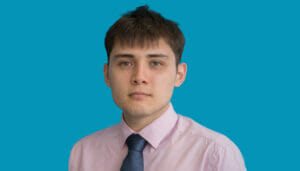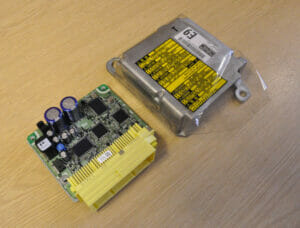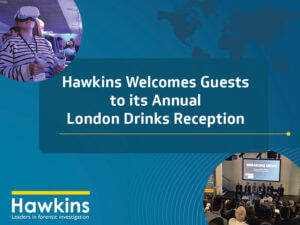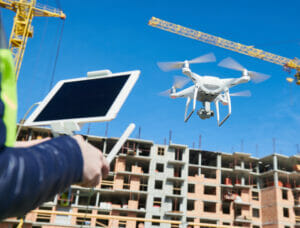Technological Advancements in Media and the Limitations of Human Intelligence
Rapid technological advancements in the field of digital photography have meant that the consumption of digital media has become accessible to everyone. Thanks to constant improvements in resolution, and encrypted cloud storage offering almost-infinite storage spaces, many companies can safely analyse a huge library of high-quality media in the order of gigabytes, or even terabytes at a time depending on computer processing power.
These technological advancements also come with new challenges in the field of forensics. Higher quality images and videos with higher frame rates mean that we have exponentially more data to analyse. Since business time is already a scarce commodity, it is critically important that we develop workflows that enable us to make sense of this increased volume of data more quickly.
Despite humans having the capability to think creatively and logically, our brains can only work with a limited amount of data at a time. On the other hand, computers have the advantage of being able to store more data and perform calculations faster than an average human being can. One question which arises is whether it is possible to have the best of both worlds: a computer that can mimic the beneficial behaviours of human beings while exploiting the superior speeds in which they handle data and memory. Computer scientists and mathematicians have been investigating this since the 1950s and it is this research that gave rise to what we presently call Artificial Intelligence (AI).
In the context of images and videos, this research resulted in a unique field called Computer Vision (CV), which is the study of programming computers and systems to automatically obtain, interpret, and analyse digital imagery. AI is used to program the computer so that it can mimic how human beings analyse digital media.
Examples of CV Techniques
Optical Flow Tracking
The concept of ‘tracking’ is a simple one: pick a feature point and then track its trajectory as seen on the screen. As a result of millions of years of evolution, we humans perform this action instinctively. A natural question is whether it is possible for a computer to track a specific part of a moving object. The answer is ‘yes’, and the technique used is called Optical Flow.
The standard algorithm used for tracking features is called the ‘Lucas-Kanade Optical Flow Method’. This algorithm calculates the relative displacement vector of a feature between two consecutive images. The algorithm assumes that the relative motion of the feature is small and is not affected by sudden changes in colour and contrast.
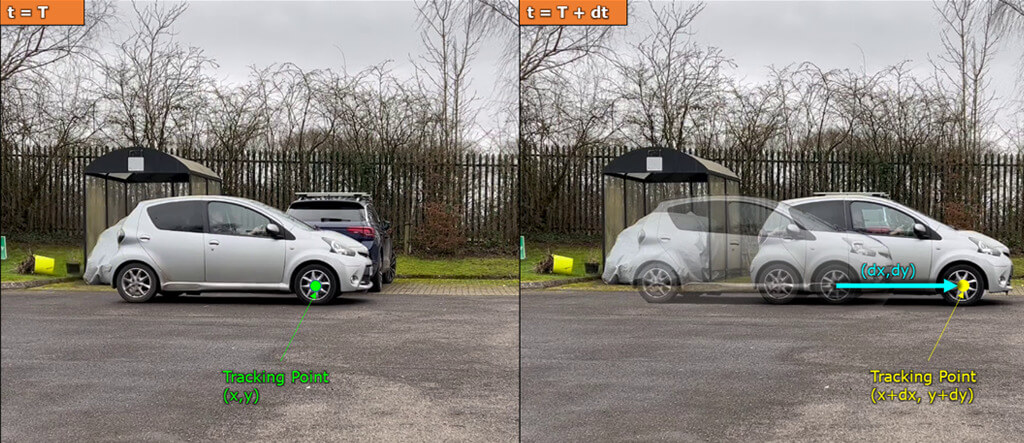
Camera Pose Estimation / Camera Calibration
Just like tracking, our brains are also very good at processing depth information and perceiving 3D scenes effortlessly. The CV equivalent technique of this is called Pose Estimation. Pose Estimation involves calculating camera positions in 3D space or deriving 3D information of objects from camera sensors placed at a fixed position. This is a common application used in the field of Photogrammetry where we try to ascertain information about physical objects derived from non-contact sensor systems like cameras and laser scans.
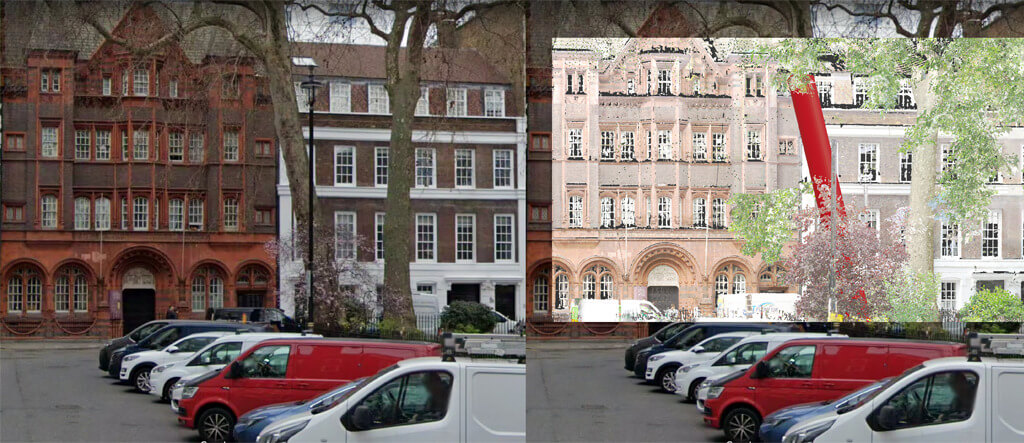
Optical Character Recognition
Optical Character Recognition (OCR) is the process of extracting printed texts into digital readable formats. This involves applying image processing techniques to remove any noise and artefacts and then the texts are identified by comparing each pixel’s relative contrast to the background. Machine Learning Models are used to identify geometric features such as dots, lines, and strokes along with their relative location. It then uses probabilistic methods to determine the most likely character given the detected features. More advanced processes have the capability to check for spelling mistakes when identifying words or correct grammar mistakes if whole sentences are being recognised, increasing the accuracy of its results (but to be used with caution). The benefit of using OCR is that it can handle a variety of image data such as scanned documents, photographs, screenshots, or digital camera images; it performs independently of the existence of metadata.
How Can Hawkins Help?
Video recordings and images are often the most powerful forms of evidence in an investigation. Our experts are fluent in the process of applying CV methods to a variety of our service offerings which include, but are not limited to, investigations of personal injuries, road traffic collisions and structural failures. We can perform a more robust and holistic analysis of images and video recordings more quickly and efficiently using established CV techniques. The use of CV enables us to remove human frailties and subjectivity from the interpretation of visual media, allowing us to analyse data objectively, and leverage our skills as scientists and mathematicians.
About the Author
Inigo graduated from the University of Warwick obtaining a First-Class Masters Degree in Mathematics. Inigo studied topics including Machine Learning, Advanced Real Analysis and Group Theory. His dissertation project explored the mathematics behind Linear Inverse Theory with applications in medical tomography. This included programming in MATLAB to demonstrate the inner workings of a CT-scan using Randomised Algebraic Reconstruction Techniques.
Inigo is an Associate in our Reigate office and uses his skills to expand and strengthen Hawkins’ offerings in Digital Forensic Services. Inigo has developed and implemented a new 3D Photogrammetric Modelling and Forensic Photogrammetry Service whereby he performs 3D modelling of retained forensic exhibits such as pipes, buildings, fire damaged electrical appliances and vehicles.

